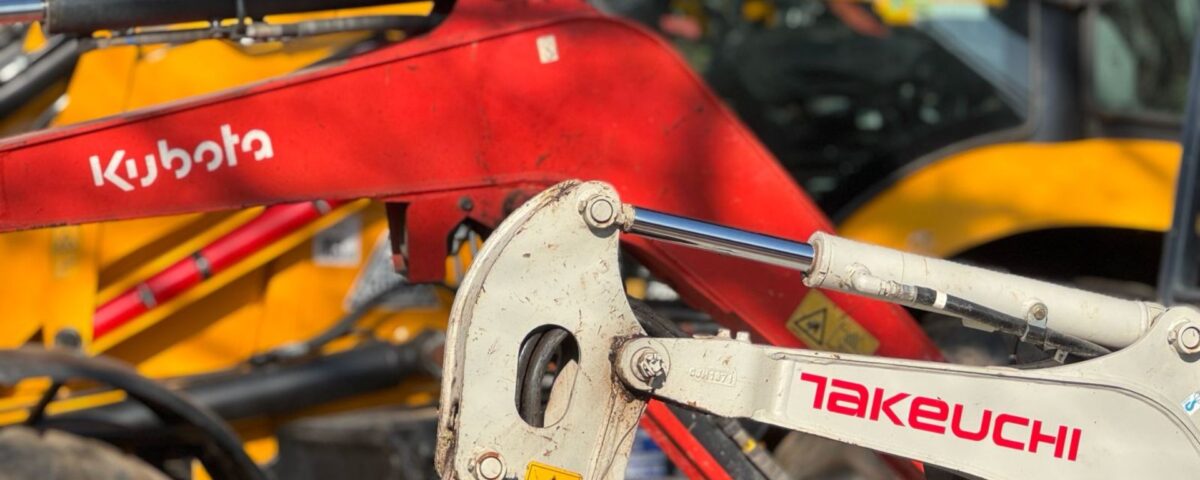At Olympus Tool Hire, we’re often asked questions like “Do I need a micro digger or a mini digger?”, or “What’s better for compacting – a wacker plate or a roller?” With so many options available, it’s not always easy to know which tool is the best fit for your project. That’s why we’ve put together this quick guide to help you choose between some of the most commonly confused tools and machines.
Whether you’re working on a building site, landscaping a garden, or tackling a DIY job at home, getting the right equipment can save you time, effort, and money.
Mini Digger vs Micro Digger
Micro Digger (0.75 ton)
Perfect for tight spaces and narrow access areas, micro diggers are compact and lightweight, making them ideal for jobs in back gardens, side paths, or between buildings. They’re easy to manoeuvre and cause minimal disruption to the ground.
Mini Digger (1.5–2 ton)
Still compact but with more digging power and reach, mini diggers are better suited for larger landscaping or groundwork tasks where access is slightly less restricted. They’re great for digging trenches, preparing footings or moving soil efficiently.
Need to know: If access is your main concern, go for a micro digger. If you have the space and need more capacity, a mini digger will make the job quicker.
Wacker Plate vs Vibrating Roller
Wacker Plate
Also known as a plate compactor, a wacker plate is a smaller, handheld machine used to compact soil, sand, gravel, and other loose materials. It’s ideal for preparing driveways, patios or garden paths.
Vibrating Roller
These ride-on or walk-behind machines provide heavier-duty compaction over larger areas. They’re typically used on building sites or for road and surface prep where a smooth, even finish is essential.
Need to know: For small areas or DIY use, a wacker plate is ideal. For professional jobs or larger groundworks, a vibrating roller is more efficient.
Belt Sander vs Orbital Sander
Belt Sander
This high-powered tool removes material quickly and is perfect for heavy-duty sanding on floors, doors, or timber beams. It’s great when you need to strip old finishes or level uneven surfaces.
Orbital Sander
Also known as a finishing sander, this tool is better suited for lighter work, smoothing surfaces, and preparing them for paint or varnish. It’s slower but gives a finer, cleaner finish.
Need to know: Choose a belt sander for speed and power, and an orbital sander when detail and smoothness are more important.
Tower Scaffold vs Step Ladders
Step Ladders
Great for quick, lower-level jobs like painting walls or changing lights. They’re portable, easy to use, and ideal for indoor work or level ground.
Tower Scaffold
For longer-duration tasks or when working at height safely is a priority, tower scaffolds offer more space, stability, and safety. They’re suitable for exterior painting, rendering, roofing, and more.
Need to know: Use step ladders for short jobs and mobility. Opt for tower scaffold when you need more height, workspace, or stability over time.
Still Unsure? Just Ask
If you’re ever in doubt about which tool or machine to hire, our friendly and experienced team is always happy to help. We’ll ask the right questions, explain the options clearly, and make sure you leave with the right equipment for the job.
With depots in Newton Abbot and Ivybridge, and delivery available across the South Hams, Olympus Tool Hire makes it easy to get exactly what you need, when you need it.
Hire with confidence. Hire with Olympus.




